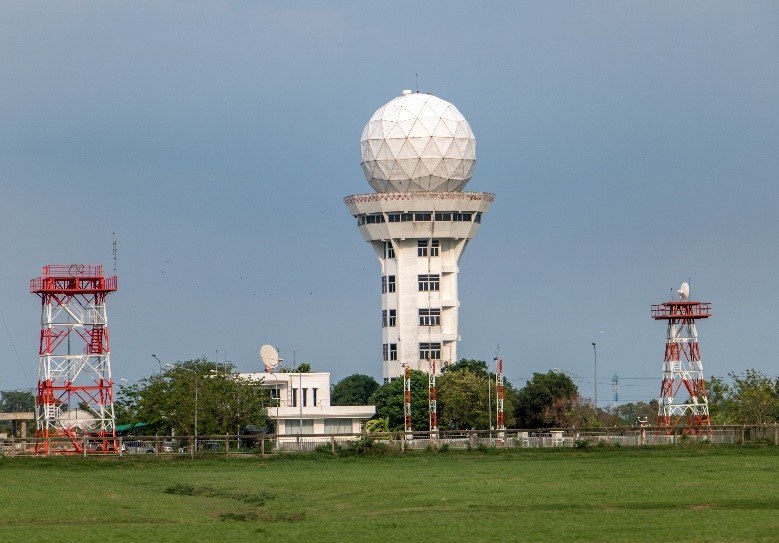PREDICTABLE AIRCRAFT DEPARTURES IN ALL WEATHER IMPROVES AIRPORT SAFETY AND CAPACITY
Maintaining runway throughput at Europe’s busiest airports regardless of the weather has a direct impact on the performance of the whole European network. SESAR partners started developing a wake separation scheme based on the crosswind concept in SESAR 1. SESAR 2020 subsequently validated the weather-dependent reductions of wake turbulence separations for departures (WDS-D) solution integrated in a departure optimised separation delivery (OSD) tool (PJ.02-01-02) in a real time simulation exercise at London-Heathrow. The solution is applicable to large and very large airports primarily and possibly regional airports, typically handling between 40,000 and 250,000 movements annually and operating close to their maximum capacity.
The results show that WDS-D is operationally feasible and acceptable. The tools enabled controllers to provide more granular and reduced weather-dependent wake separations to straight-out departures. Importantly, the research showed that strength of crosswind will affect exactly when a follower aircraft is clear of encountering the wake generated by the lead aircraft after the first turn, and this may change according to local aerodrome wind conditions.
The solution relies on meteorological services to measure and forecast crosswind and requires an enhanced OSD tool to be integrated into the controller working position and time-based separation system (if present).
The validation exercise provides the basis for an initial safety case proposal and makes clear the need for local investigative analysis before a general set of rules can be developed for approval by the European Aviation Safety Agency (EASA). However once mature, rules could be applied for reduced departure separations, along with procedures for tool failure scenarios and criteria required to activate or suspend weather-dependent separation for departures. There is also interest in a sequence optimisation tool to achieve the optimal departure sequence as a result of more granular wake separations.
BENEFITS
Additional resilience to weather and wind conditions
Decrease in fuel burn from taxi-out time
Less variability between planned and actual departure time
Increased runway throughput
Datapack
Contextual note
CBA
OSED Interop: part I - part II - part IV - part V
TS IRS

